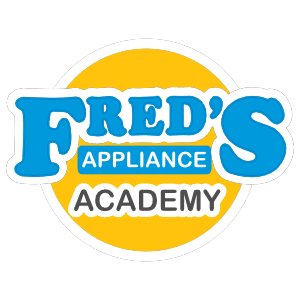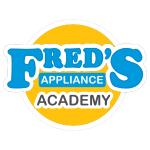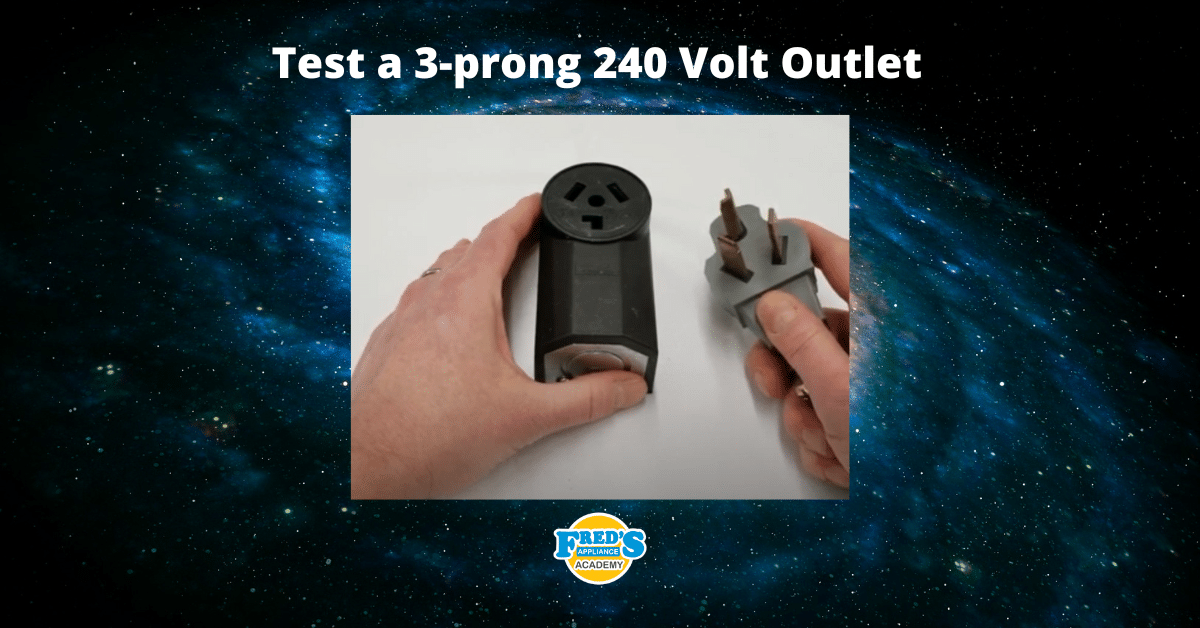
Understanding your common household outlets
Here we have a standard three-prong outlet rated for 240 volts and 30 amps. Identifying the amperage on these outlets is easy and it's done by the neutral. If the neutral is shaped like an L, it is rated for 30 amps and if the neutral is straight up and down, it will be rated for 50 amps.
To test three-wire, 240-volt appliances, you're going to want to remove the terminal block cover. Make sure the appliance is plugged in as well as the power turned on. I do advise or suggest that you take this cover off while the appliance is unplugged, so we don't risk shorting anything out on the terminal block.
I'm going to go ahead and pause the video here real quick and explain that the reason we're testing power at the terminal block is that we can check the outlet, the cord, and the terminal block all in one step. If any issue with the power is found at the terminal block, a qualified or certified electrician should be called.
We're going to take one meter lead and put it on L1 and the other on L2 where we should see 240 volts. We'll take L1 to Neutral, where we should have 120V, and then Neutral to L2 where we should have 120V.
This 240-volt, 30-amp outlet is commonly found in laundry rooms using electric dryers and should never be used on an appliance that will draw more than 30 amps. Here's your three-prong cord that would accommodate the three-prong outlet, and we can see here L for laundry, turn that over and that's how they would pair it together. A professional tip to anybody watching this video, anytime we see damage like this done to a cord, it's not only the cord that is damaged. This damage has also occurred inside the outlet as well. If you are an appliance professional, you can replace the cord yourself. However, a qualified or certified electrician will be needed to service the outlet itself.

Appliance Industry 2024 Q1 Results

Congrats to our graduating April 2024 class
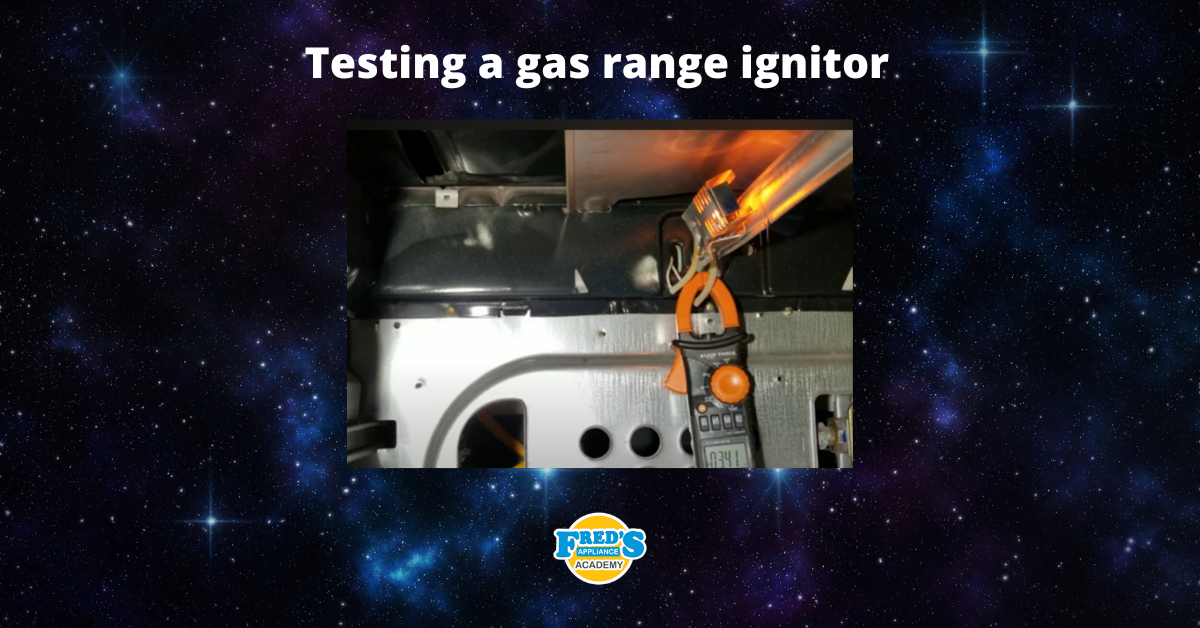
How to test a gas range ignitor

Congrats to our graduating March 2024 class
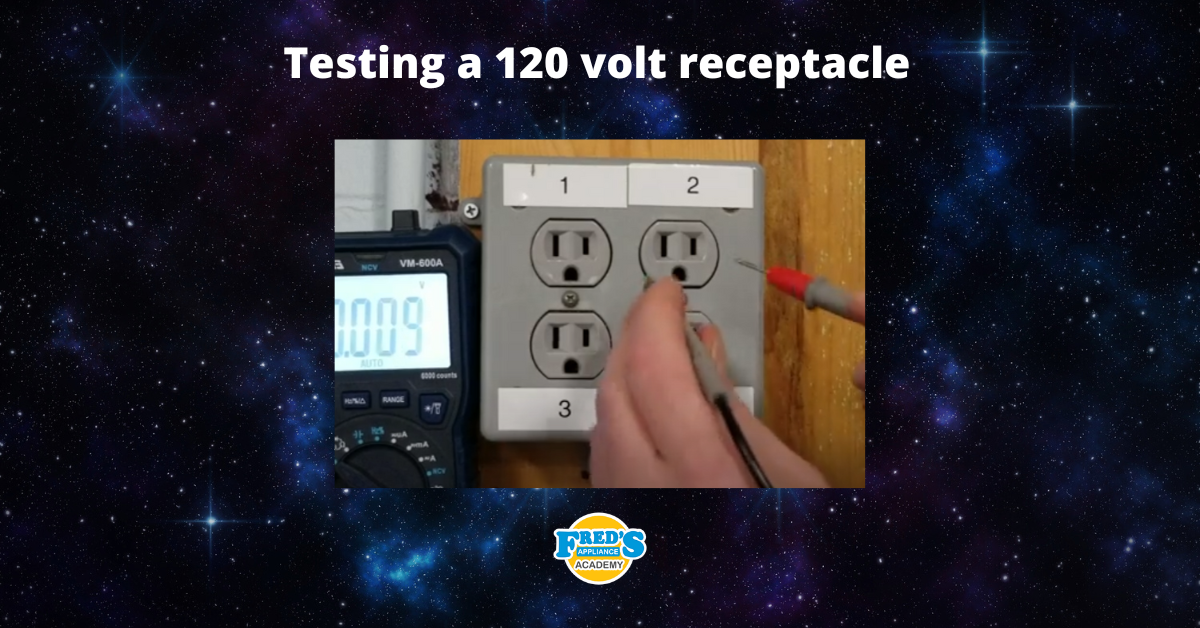
How to test a 120 volt receptacle

Congrats to our graduating February 2024 class
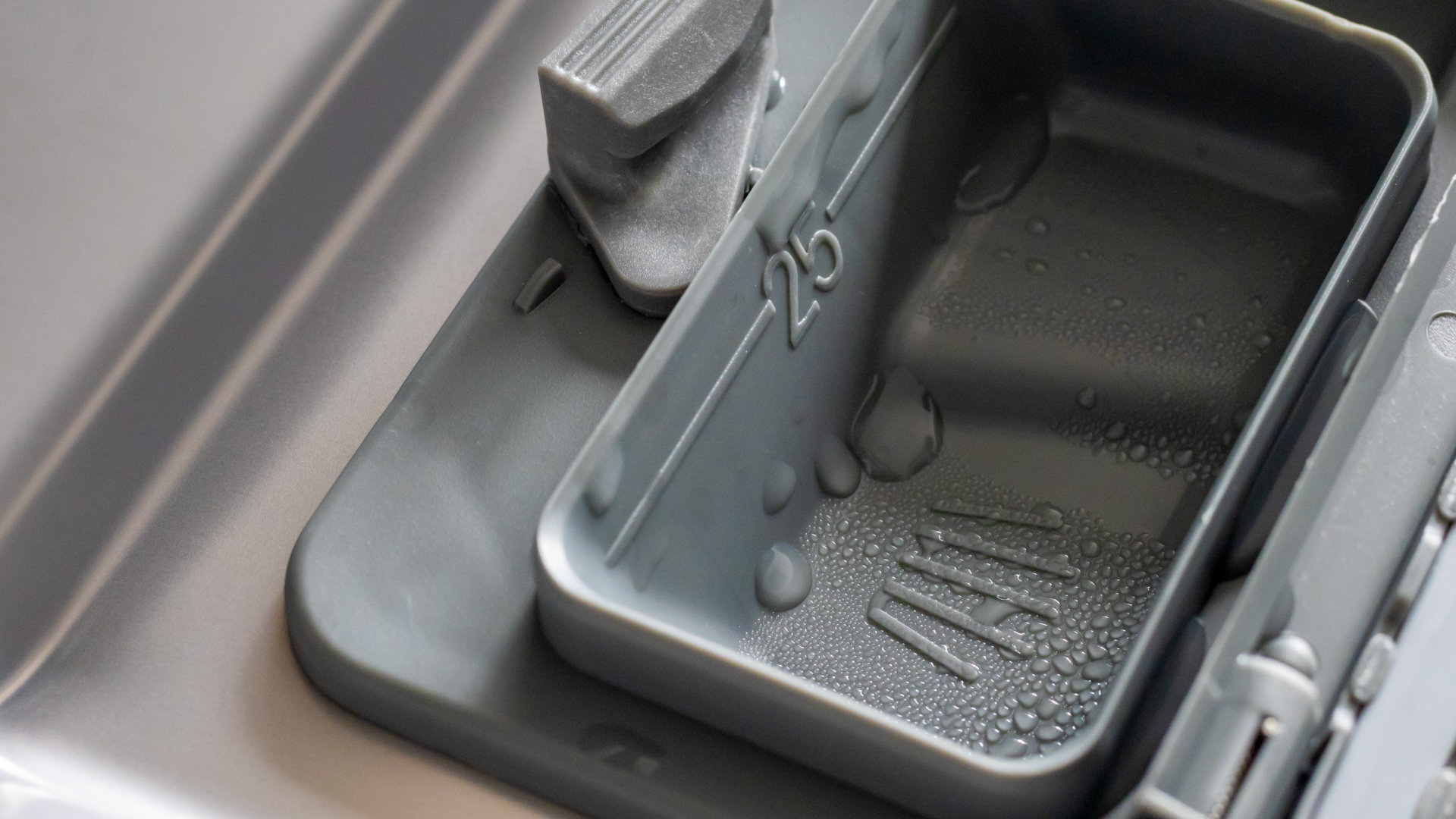
Why Is Your Dishwasher Soap Not Dissolving? (5 Easy Fixes)
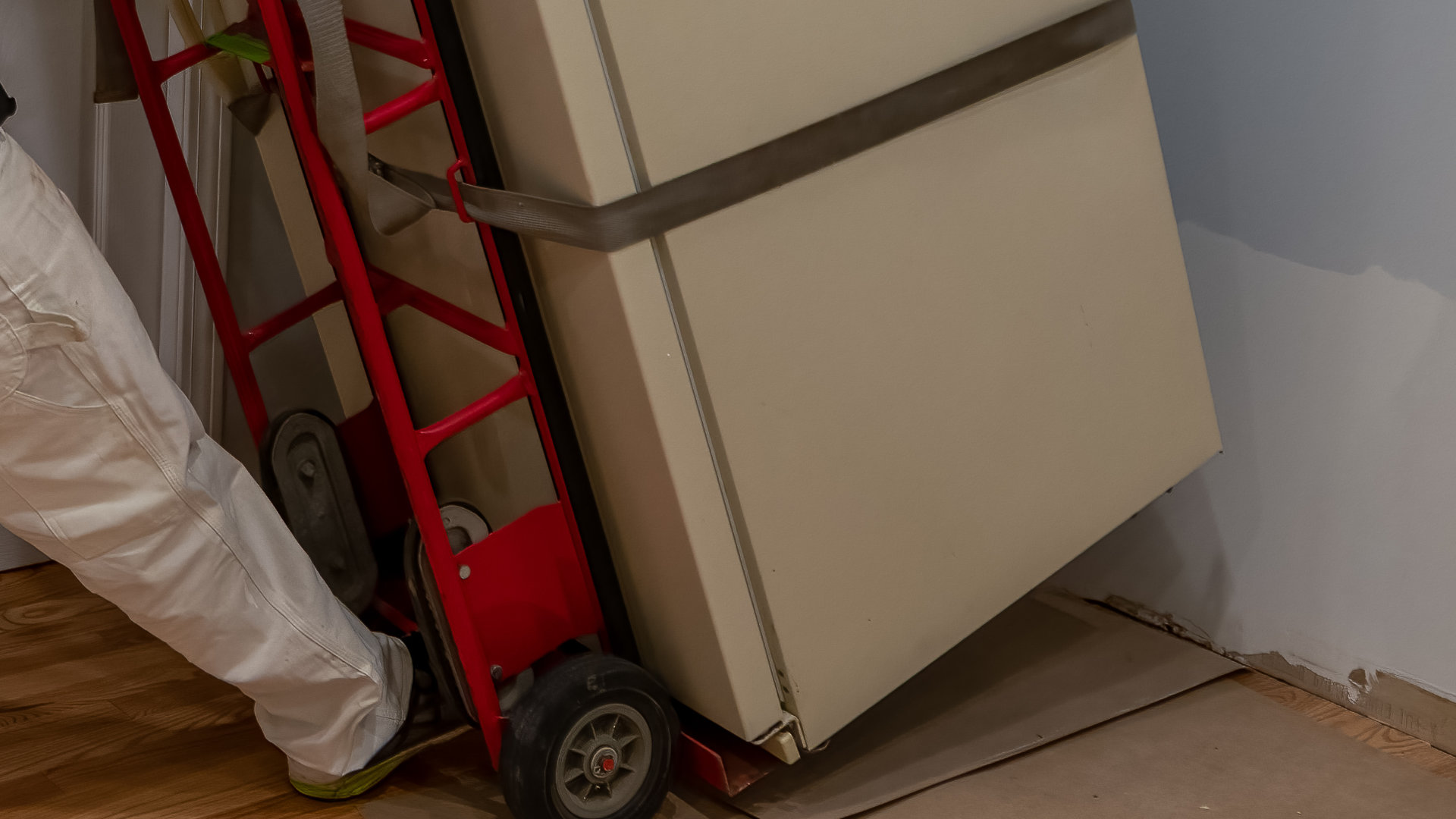
Refrigerator Dripping Water Inside? 5 Quick Fixes

Appliance Industry 2023 Q4 Results

